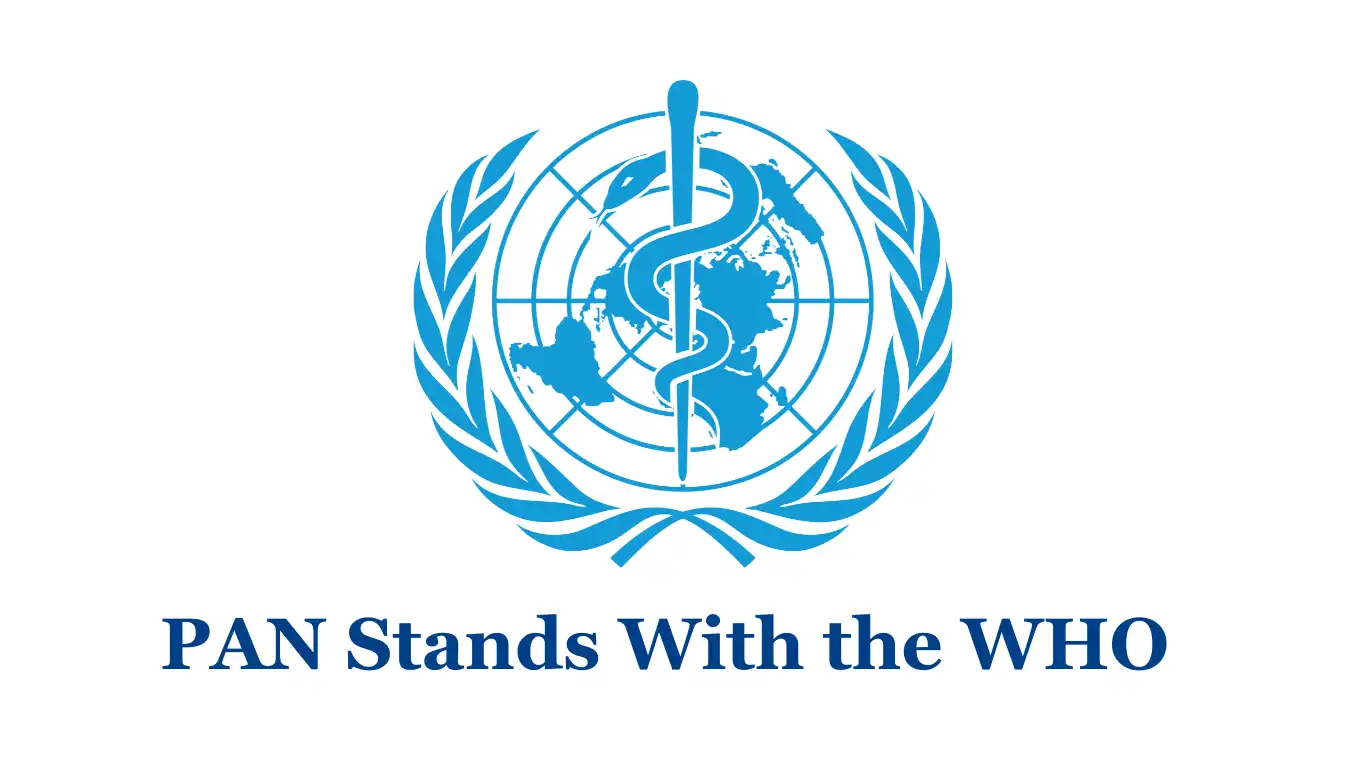Patrik Silborn, Pandemic Action Network Regional Advisor, Asia-Pacific and Madhav Joshi, CEO, India Health Fund and Pandemic Action Network Advisory Committee Member
Around the world, COVID-19 has laid bare critical gaps in the world’s health infrastructure, and India is no different. In the past two decades the country has significantly improved health outcomes with sharp reductions in child and maternal mortality and the successful elimination of several infectious diseases. Yet, the pandemic threatens to reverse this progress.
Since the start of the COVID-19, over 13 million cases have been registered, resulting in 171 thousand deaths. However, it is believed that these numbers severely underestimate the true spread of the disease. Estimates vary, but some researchers believe that as many as 90 cases are missed for every confirmed infection. The economic impact has been significant, with GDP expected to contract by 8% in 2020 and the hardest effects felt by the most vulnerable. India also has the highest rate of tuberculosis (TB) in the world, claiming around 436 thousand lives every year. In the first half of 2020, TB case notifications dropped by 25 percent compared to the year prior, which is expected to increase mortality rates further. Adding to the challenge, people with TB are at greater risk of COVID-19, and the potential for co-morbidities points to the need for integrated multi-disease approaches instead of the diagnosis and control of one disease at a time.
COVID-19 has been an extraordinary challenge, but the crisis is also an opportunity for India to rebuild better. The pandemic has created new opportunities for improving collaboration across sectors in India. To do this effectively, however, public and private stakeholders must come together to establish joint priorities, improve the pooling of resources, and leverage the unique capabilities of every actor.
In short, India needs a new compact between the public and private sectors. A number of factors make this both a relevant and opportune time to seize this opportunity.
First, India has a thriving private healthcare sector. The country is home to some of the largest pharmaceutical and vaccines producers in the world, and it has become the largest supplier of generic drugs and vaccines globally. India’s private hospitals attract patients from around the world for specialised treatment. And in India, over 70 percent of people — including low-income earners — seek healthcare services from private providers.
Second, the government is demonstrating a commitment to improve healthcare outcomes. In 2017, the Government of India embarked on its most ambitious health program ever. Ayushman Bharat is a social health insurance scheme that will cover healthcare costs of over 500 million people when fully deployed. Further, the Government of India increased the health budget by over 100 percent this year with ambitious plans to upgrade health infrastructure at all levels.
Third, there is a growing philanthropy movement that brings both ambition and capital to address challenges at scale. India is home to some of the largest and most innovative companies in the world, and private wealth has exploded in recent years. Spurred on by a desire to give back to communities, and the 2 percent CSR tax, new philanthropic initiatives have sprung up in recent years. This is a trend that has been accelerated by the recent pandemic. The multiple interlinked COVID-19 induced crises — from migrant workers and vulnerable populations losing their livelihoods and homes, children missing education opportunities, to overburdened health workers — has spurred unprecedented individual and corporate philanthropy in India.
Finally, there is recognition by all stakeholders for the need to reimagine primary healthcare delivery in the country. With a population of 1.3 billion people, providing access to care for everyone and putting in place effective pandemic preparedness and response systems will require a reimagination of the entire healthcare system. To detect and respond to existing diseases or new pathogens, India must strengthen both public and private service delivery. This requires innovation — not only of tools and systems — but also in how services are being delivered through primary health care systems.
There are several stakeholders across the public and private sectors that must come together to make this happen.
- Universities and research institutions in India have the knowledge and basic research needed to develop innovative solutions that can meet the unique needs of a large and underserved population, especially in screening, diagnostics and technology-enabled solutions.
- Indian companies and start-ups have the ability to apply these technologies to develop solutions designed for low-resource settings in India and other parts of the world.
- The Government can create a favourable policy environment for innovations as well as avenues for introducing new solutions in the public health system.
COVID-19 has highlighted the need for pandemic-proofing the world. Leaders have an historic opportunity to take actions now that will not only hasten the end of this pandemic, but will also begin to pandemic-proof the planet so that future generations never again experience the health, economic, and social devastation wrought by COVID-19. To do so, all countries must invest more money in health security, in the capacity to develop and produce vaccines, in the detection and response to new pathogens, and in reinforcing collaboration across borders.
But India can engage globally while taking action at home. Now is the time to develop the partnerships that can drive innovation, the surveillance systems needed to quickly detect and respond to new pathogens, and the approaches that put the needs of patients at the centre. This will make India better equipped to respond to COVID-19 and make India healthier in the future. The fight against this pandemic is still not over. But this is a unique moment to build a bridge to a better future.



